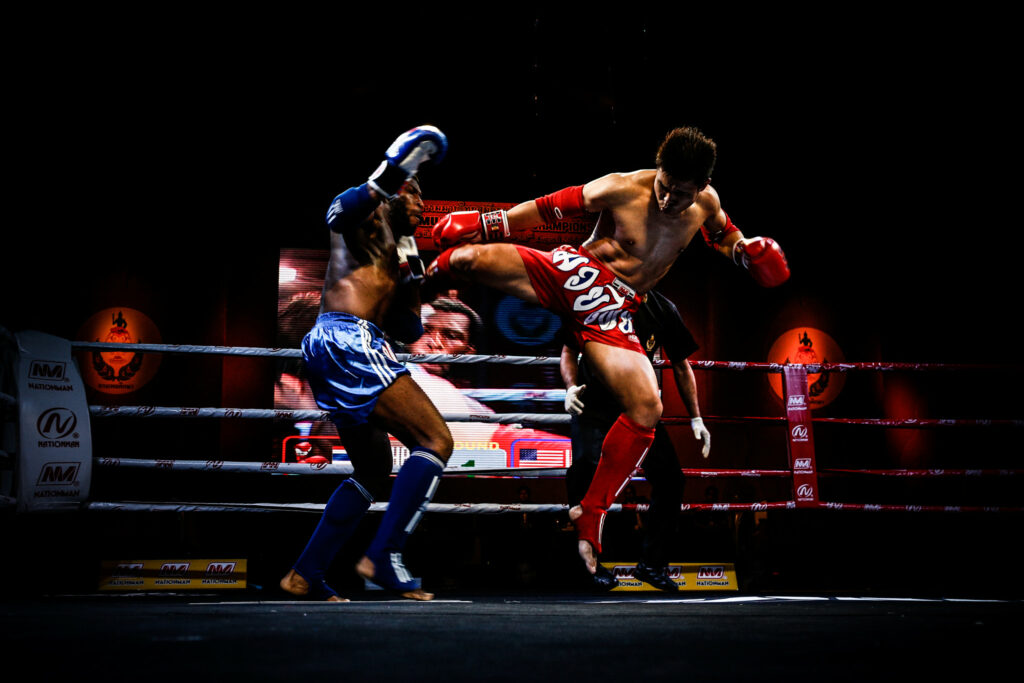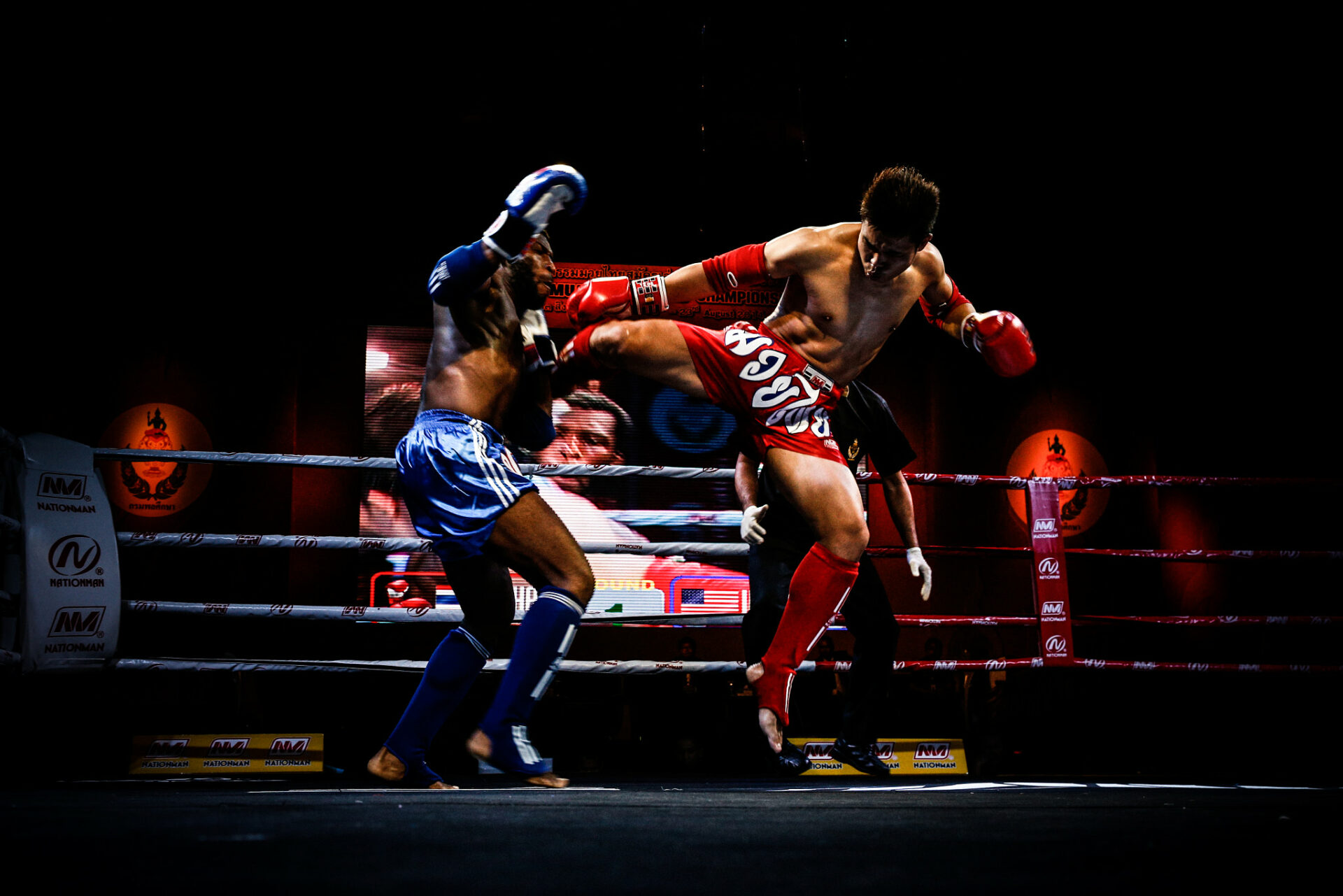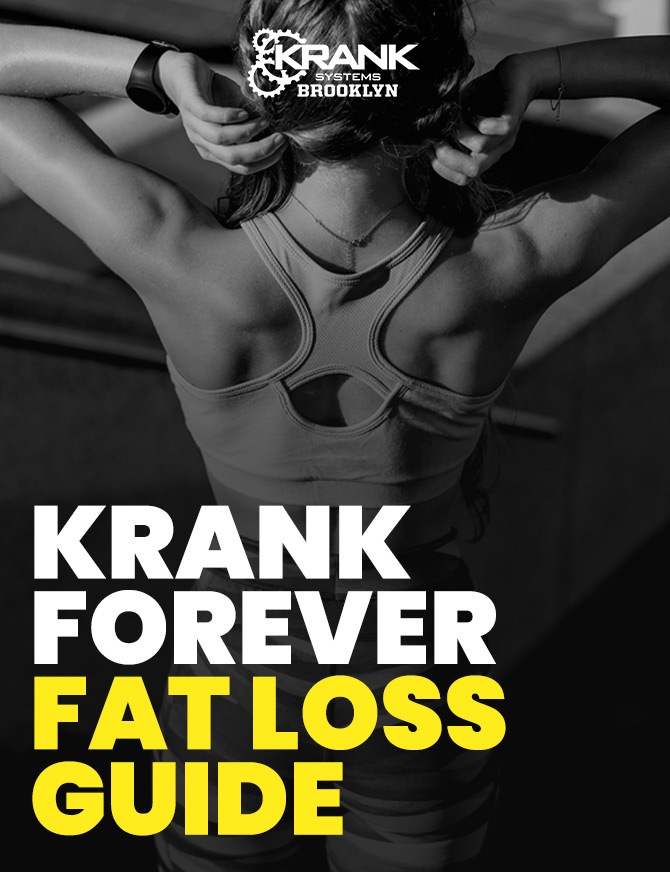The art of Muay Thai dates back well over two thousand years. The word “Muay” derives from the Sanskrit mavya meaning “Boxing” and “Thai” comes from the word Tai for the people that created this style of martial art.
By Daniel Salazar

Muay Thai is referred to as the “Art of Eight Limbs” or the “Science Of Eight Limbs” because it makes use of both fists, legs, elbows, and knees for striking, thus using eight “points of contact”. Western boxing practice uses “two points” (both fists), and kickboxing, “four points” (hands and feet) used in other sport-oriented martial arts.
The science of energy systems
While in the ring there are a few energy systems that come into play, they are “anaerobic” without oxygen and “aerobic” with oxygen.
- 1.) ADENOSINE-TRIPHOSPHATE-PHOSPHOCREATINE (ATP-CPR)
This is an anaerobic energy system that is the body’s immediate energy source. It transports chemical energy to our muscular cells and lasts for about 5 seconds. After this timeframe, it is then converted to Adenosine-Diphosphate (ADP), an unusable as a form of energy in the body. In order to create more ADP, the body must turn to Phosphocreatine (CPR), another immediate form of energy that can also only last for another 5 seconds or so.
For many, when you’re on heavy bag/pads, you start to punch and kick as fast and as hard as you can during first few seconds you’ll feel quite explosive. After just 3-10 seconds, some of that explosiveness will subside and you’ll slow down a bit. That’s ATP-CPR at work.
If activity continues beyond this point, the body must rely on another energy system to produce ATP.
- 2.) GLYCOLIC AND LACTIC ACID SYSTEM
Glycolysis is the breakdown of glucose. The carbohydrates that we eat supply the body with glucose. This energy system comes into play when ATP-CPR runs out. In about 20-45 seconds of sustained activity in this energy system, another decline in energy will be experienced.
The glucose breakdown then turns into pyruvic acid anaerobically (without oxygen). Pyruvic acid then converts to lactic acid causing another bout of increased muscular fatigue.
Now since we’re still punching and kicking our lungs out for longer than 3-10 seconds you will move progressively slower. At about 20-45 seconds after your body has run out of ATP-PCR you slow down even more. Your muscles will begin to burn, your lungs will feel like they’re on fire and your body will then be forced to drop the pace. You may still have about 1-2 minutes of non-stop work depending on your conditioning. Finally, due to the burning of your lungs and muscles, fatigue has set in and you now have to work at an even slower pace, keep your guard up and move or stop altogether.
Activity beyond this point will force you into another even less powerful energy system.
- 3.) Aerobic System
This is a long-duration energy system. This energy system is used throughout the body for producing energy for all metabolic processes. During sub-maximal exercise such as long-distance running, this is the primary energy source.
This system is used to regenerate the ATP that is used for energy in the body. By 5 minutes or less of steady-paced exercise like jogging the aerobic system pretty much runs the show, using fat for fuel.
Finally, after the bell you go to your corner and your body will try its best to replenish your ATP-PCR and glycolic stores by turning fat into those energy sub-straits so you can get back to working hard on the bag mitts or on your opponent.
Conditioning
The Muay Thai/Kick Boxing conditioning program should place great emphasis on the first 2 energy systems. When you pay close attention to how many rounds the fight would last, the amount of time in around. That would depend on the organization you’re fighting for as well as the rest period or the sound of the bell you can find clues on how you should put together your conditioning program.
Let’s take a look at k1. Fights normally are 3 X 3-minute rounds with a 1 minute rest period. So the best option for running would be interval training. It will mimic the work/rest ratios of the fight, the intervals will match the duration of the fight with a 1 minute rest period. Intervals should be kept close to VO2 max, will train the anaerobic lactic acid system as well as provide aerobic benefits. Training in these energy systems will teach the body to adapt to the rigorous demands needed for the sport thus producing energy for immediate use at a fast rate.
NOTE: VO2 is the maximum capacity of an individual’s body to transport and utilize oxygen during incremental exercise, which reflects the physical fitness of the individual.
There are many options we can also perform for this type of training, another example is heavy bag work. You could throw continuous combinations against a bag for the amount of time a typical round would last. The lactate threshold is a useful measure for deciding exercise intensity for training and can be increased greatly with training. If the lactic threshold increases it will delay fatigue hence you would be able to work more during the fight.
Work through fatigue and you’ll be stronger post recovery!
Statistics show the fighter who throws the most strikes generally wins the fight, however, power is also a factor. The ATP-PCr energy system is the powerhouse, this system MUST be trained as well. Training this system will increase your capacity to replenish your ATP-PCr stores which in turn should lengthen the time you can throw power shots.
An example of that would be heavy, fast shots at a bag or pads lasting for no longer than 10 seconds for 10 sets. You can then progress this systematically by adding sets, time, and (or) strikes to each round throughout the duration of time you are training the fight.
We now know that we should place most of our emphasis on training the Glycolic and lactic-acid System as well as the ATP-PCR System, however, aerobic energy system training is important.
Endurance training will help your body use oxygen economically by ridding the body of the lactic acid waste by-product hence if you recover fast in between rounds or during an opponent’s flurry you can go right back to power shots and work with speed.
PROGRAMING FOR ENERGY SYSTEMS
When programming for energy systems there are a few things to consider. We shouldn’t have one training program for all of your fighters. Some are more aerobically fit than others but they might be slow and lack power. Some have power but lack speed and endurance, others might have speed but no power or endurance. So priorities need to be set for each individual fighter.
The amount of time we have to train is also a factor. How much time do we have until the fight, how much time throughout the day can the fighter devote to skills training as well as energy systems work and strength training? For the most part, energy systems training and skill training can be intertwined.
Energy systems work should be cycled. Since the most used system in a fight is the Glycolic and lactic-acid System we shouldn’t drill ourselves into the ground with endless miles of jogging (aerobic system) or nothing but power shots (ATP-PCR system) even though they are factors in the fight and our fighter may lack those capabilities. We can do this through something called periodization.
Periodization is when the time allotted to train for a fight is split up into phases, the phases have different names for each sport but nevertheless, the same rules will apply. This article well will break up our time into three phases.
DISCLAIMER
This program is based on an 8-week training cycle. Some guys and gals who train for upcoming fights have full-time jobs and other responsibilities, we also have to take into account that time NEEDS to be spent working the bag, pads, and sparring. You may have or need more or less time to train for your fight, this is just an example. Also, some fighters may need to focus on strength more than power, speed, and endurance or vice versa. As mentioned, this is just an outline, therefore it isn’t tailored to any specific person!
1) GPP (General Preparatory Phase)
During this phase, the coach develops the fighters’ aerobic conditioning I.E. jogging and long less intense intervals. Fight-specific aerobic training should also be trained. This phase generally lasts for 1-2 weeks.
2) PRE-COMPETITION
During this phase, the coach develops the fighters’ Glycolic and lactic-acid System using shorter higher intensity interval running as well as bag, pad, drills, and sparring. During the competition phase, the anaerobic training should shift to emphasize the ATP-PC system while continuing with boxing-specific intervals. This phase generally lasts for 2-3 weeks.
3) COMPETITION
During this phase, the coach develops the fighters beginning to the ATP-PCR now we focus on power while continuing with fight-specific intervals and priming the fighters’ skills. This phase generally lasts for 1-2 weeks.
4) STRATEGY
This time is generally used to iron out some of the kinks your coach may see as well as go over the game plan. It involves very light sparing and pad work. The sessions are shorter than normal and used just to keep the blood flowing as well as keep you sharp. This normally lasts about 1-2 weeks.
Periodizing your conditioning is extremely important when getting ready for a fight. To be at peak performance come fight day we should follow some sort of systematic approach towards training.
BIG TAKEAWAY
We shouldn’t head to the gym, do a random workout, and expect to come out with a win just because we sweat a bit and get tired. Working out and training are two completely different things. Know the difference! Periodization is extremely important in being at peak performance come fight day, train with a goal in mind.
Stay tuned for part two of this series.
TRAIN HARD, TRAIN SMART!!!





